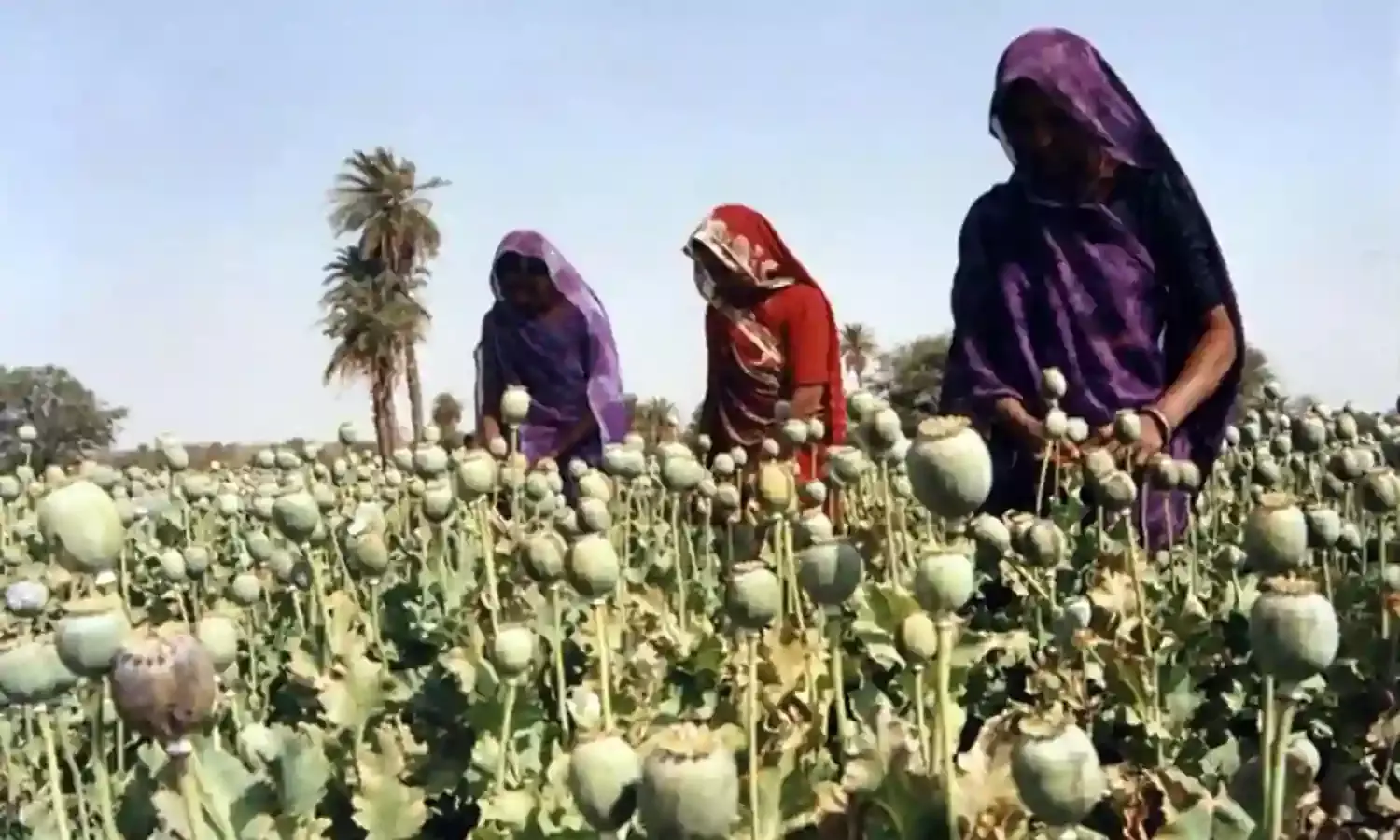‘They Treat Us Like Animals.’ Drug Use Myths Make it Hard to Get Help
Increased law enforcement aimed at reducing the supply does not work

“I want to do it one last time,” thought Amar as he spent his nights in a drug rehab centre in Srinagar, Kashmir. Every day the withdrawals became worse. His body was shivering and his skin was burning up. Then the hallucinations began. “It is a paralysing feeling,” says the 23 year old.
Amar was admitted to psychiatric care after he was diagnosed with drug use and addiction to three drugs, tapentadol, heroin and meth. “It’s a simple life when you’re an addict. You just want to wake up, score some drugs, consume them and then sleep again. You don’t care about other things.”
He first decided to quit after losing two of his closest friends to drug overdose. “I noticed that even I was getting unstable and my physical health was getting affected.” In his experience, the feeling of getting closer to death is something essential to getting a trip out of drugs. If you don’t feel that risk, it stops affecting you. “Chemical addicts don’t get a trip out of alcohol or cannabis,” he says.
The problem of drug use disorders is fairly large in India. The most worrying category of drugs remain opioids, with prevalence of opioid use in India being three times the global average (0.7% vs 2.1%). It is now well established that drugs in the opioid group, particularly heroin, are associated with the greatest extent of disease, death and disability, according to Dr Atul Ambekar, professor at the National Drug Dependence Treatment Centre, AIIMS New Delhi.
“I come from a principled, Kashmiri islamic family. Nobody in my family even smokes. It was shocking for them,” says Amar. Always a quiet and sensitive child, “My parents never knew what to do with me. They didn’t know how to make me feel like I was a part of the family. They made me feel more alienated.”
According to Dr Ambekar, drug use and drug use disorders do not have any single cause. There are biologically determined vulnerabilities in some individuals which coupled with environmental factors lead to initiation of drug use and the subsequent development of drug use disorders. It is most important to remember that most of the risk factors for developing addiction are not within the control of the individual.
“Ye nashedi beta aapka hi hai? the doctor of the mental hospital told Amar’s father when they took him to rehab - Is this your addict son? “Doctors treat you like you are an animal. The doctor spoke to me as if I’m not a person, I was a thing. My father had never felt so humiliated in his life,” says Amar. “They look at you like you’re the filth of society.”
Soon he wanted to leave the centre and quit the process. “Most people feel this way because they know we won’t get any support and we will be treated like shit.” He says people would also refuse to come close to him for fear of being polluted. “A drug addict needs to know that there is someone to hold their hand, to support them, to be treated like a human. Every time you breathe you feel guilty for breathing, you feel like a burden on society while in rehab,” he explains.
There is widespread stigma and misconceptions surrounding drug use problems, says Dr Ambekar. The first reason for stigma is the hypocrisy in society, whereby certain addictive substances are seen as socially acceptable while the use of others is frowned upon. This is also reflected in laws and policies, where alcohol enjoys the status of a legally regulated substance while cannabis is banned, although the public health harms of cannabis are much lower than that of alcohol.
A tendency to link drug use with the binary of virtue vs vice is also responsible for the stigma. The truth is that human beings have been using mood altering substances for thousands of years and the need to bring about a change in mood is likely eternal, says Dr Ambekar. People using these substances who fall prey to addiction are the ones who need our empathy and support.
“First step to reduce stigma would be to stop looking at drug use as a crime and law issue and begin understanding it as what it is: a health and welfare issue,” he tells The Citizen.
“Unfortunately, at many places in the world the reflex response by the authorities to drug problems is rooted mainly in increased law enforcement aimed at reducing the supply. That does not work. In fact, a more stringent supply control response is usually associated with more harmful drugs being used and overall more collateral damage to the society, besides contributing to stigma and wastage of precious public resources,” he explains.
India needs massive investment in health and welfare services to address its drug problem. The available facilities need to be scaled up to match the need of patients requiring help. This will require opening clinics that offer long term treatment and support to patients, not just “de-addiction centres”.
While some such initiatives have been taken by the Union Ministry of Social Justice and Empowerment under the National Action Plan for Drug Demand Reduction, they need to be scaled up and for that it is important for state government health and welfare departments to also play a more proactive role.
In rehab, the only thing that kept Amar going was his will to write poetry. “No matter how filthy I felt I knew I wanted to just write about what I was feeling,” he says. Now out of rehab and recovering, he wants to write Urdu poetry and become a published poet.



